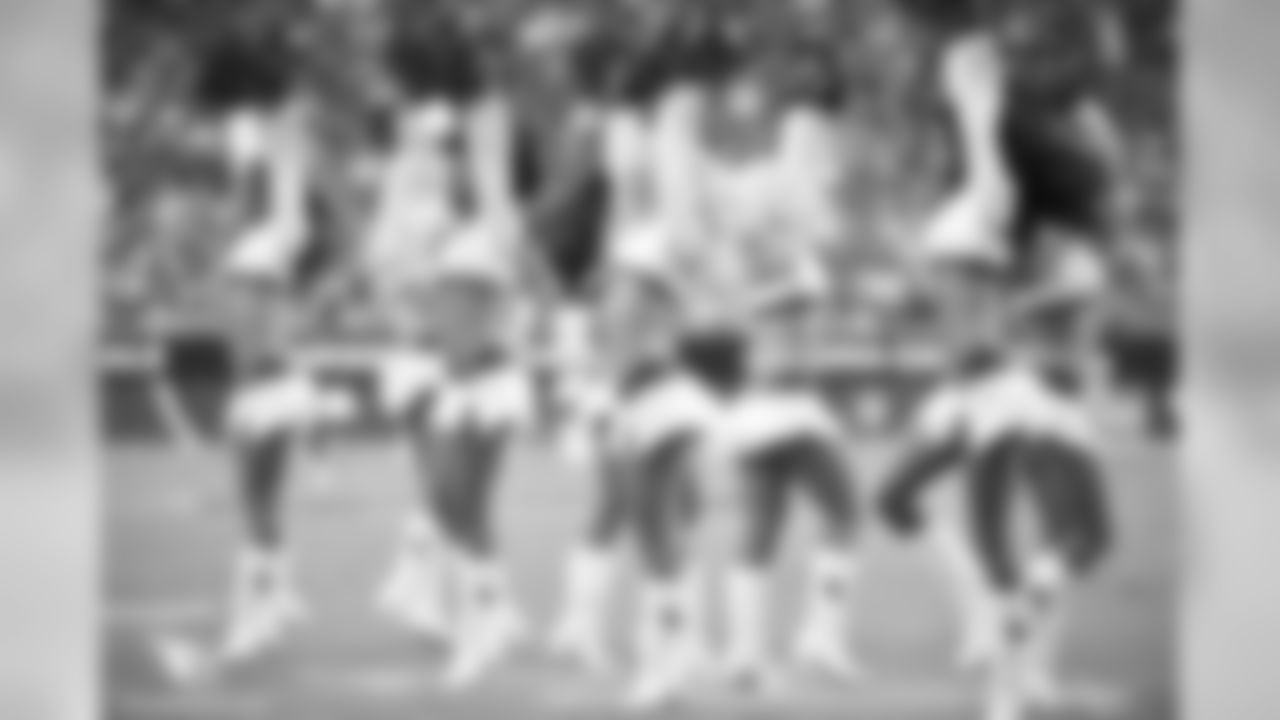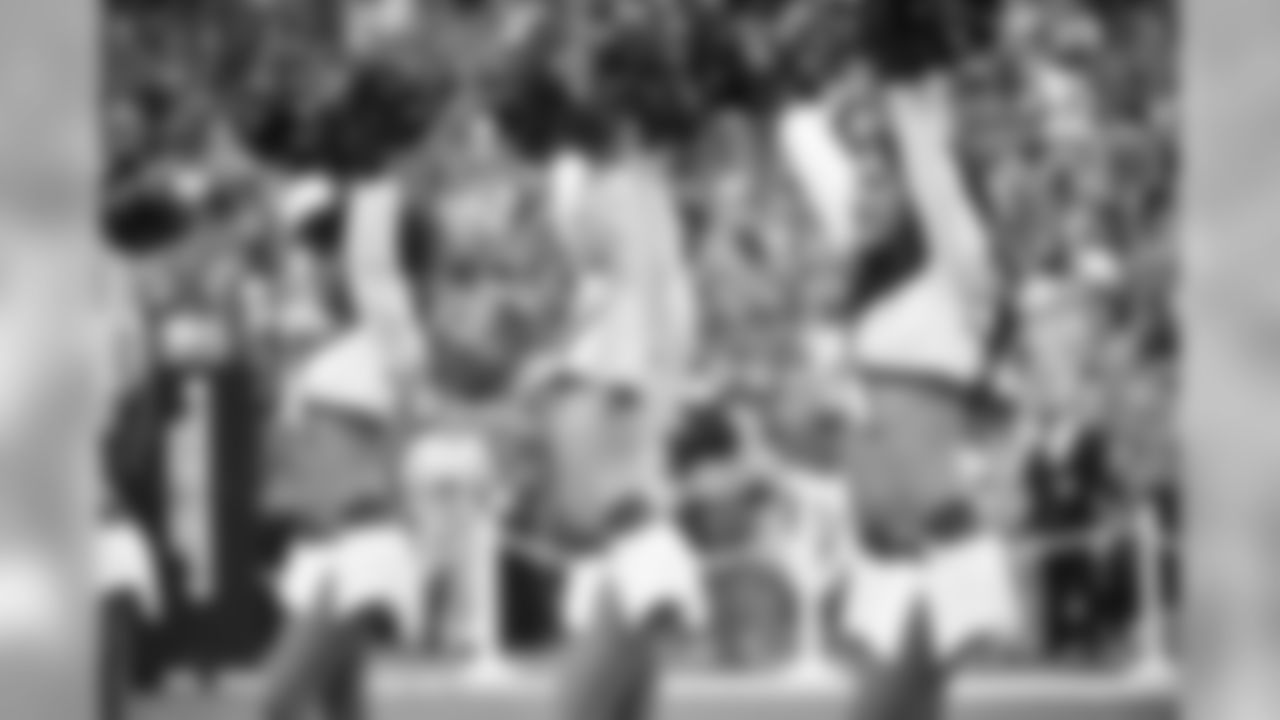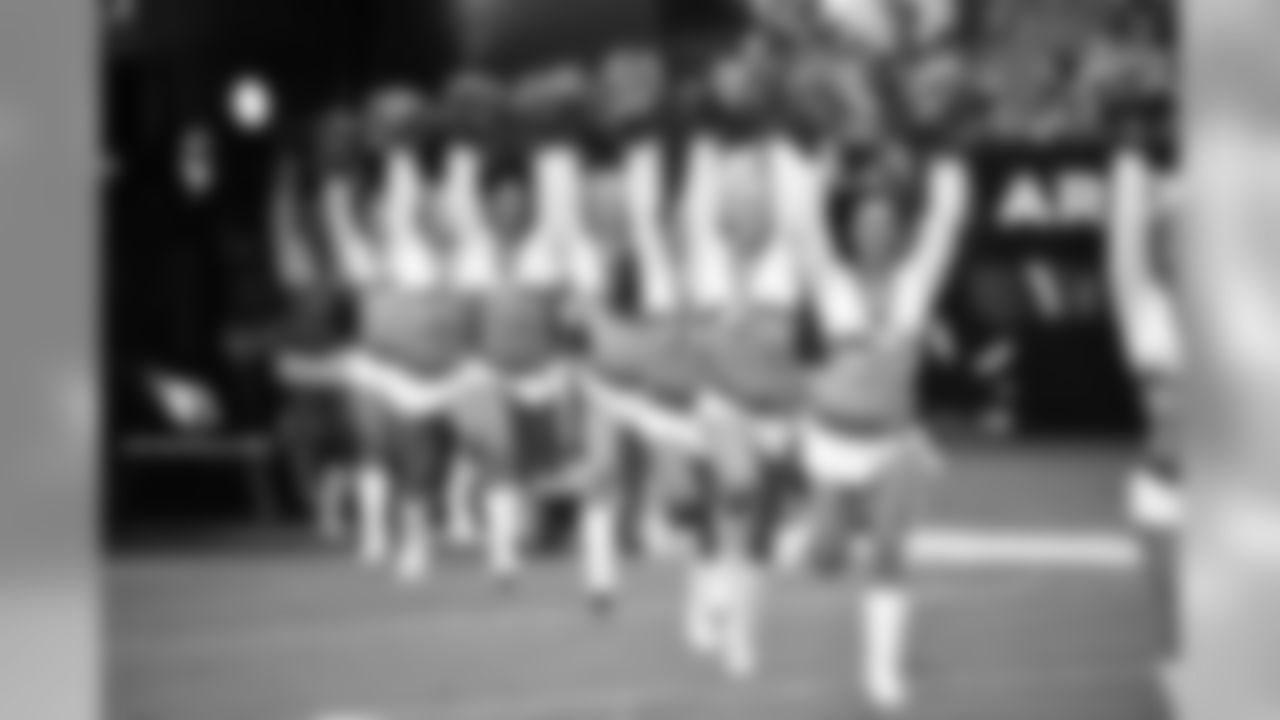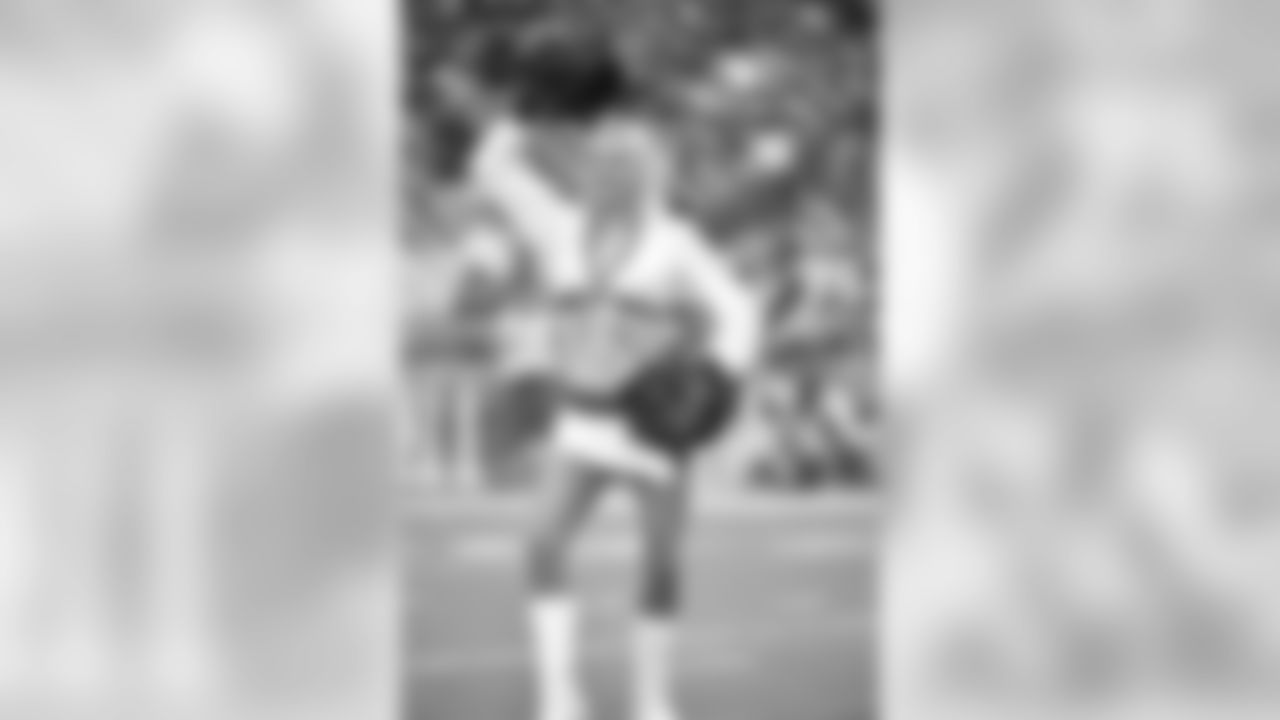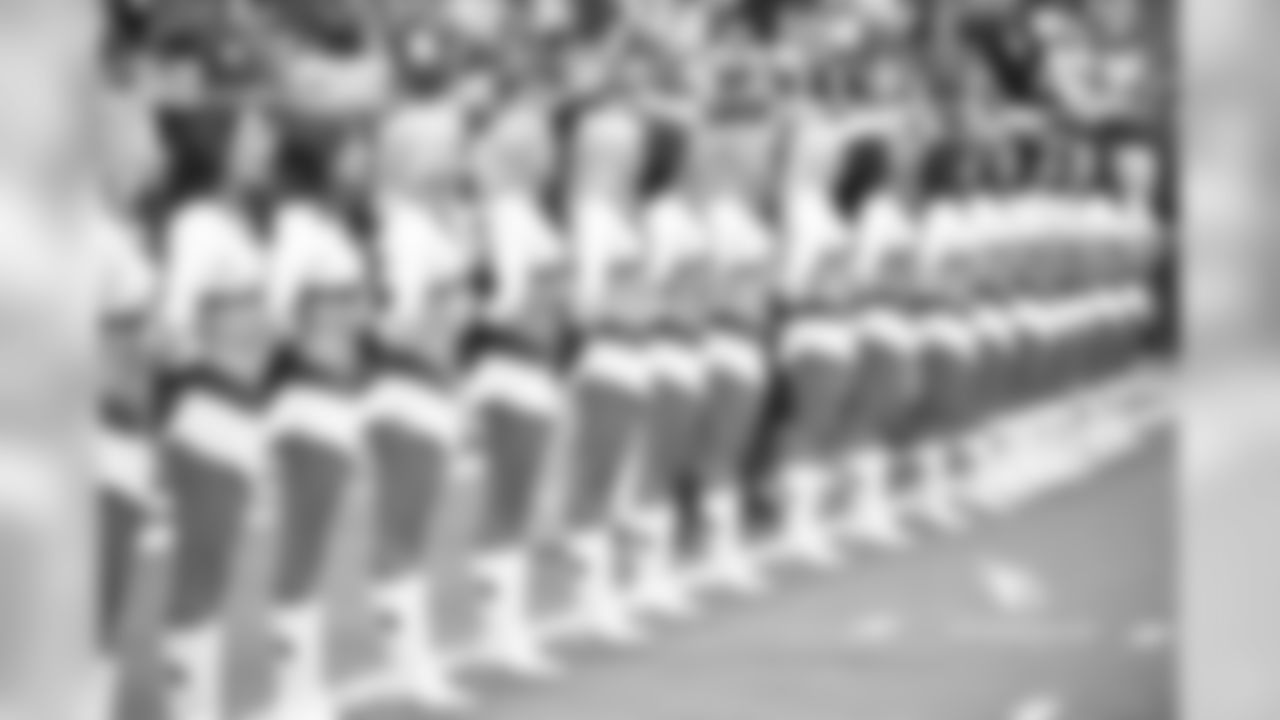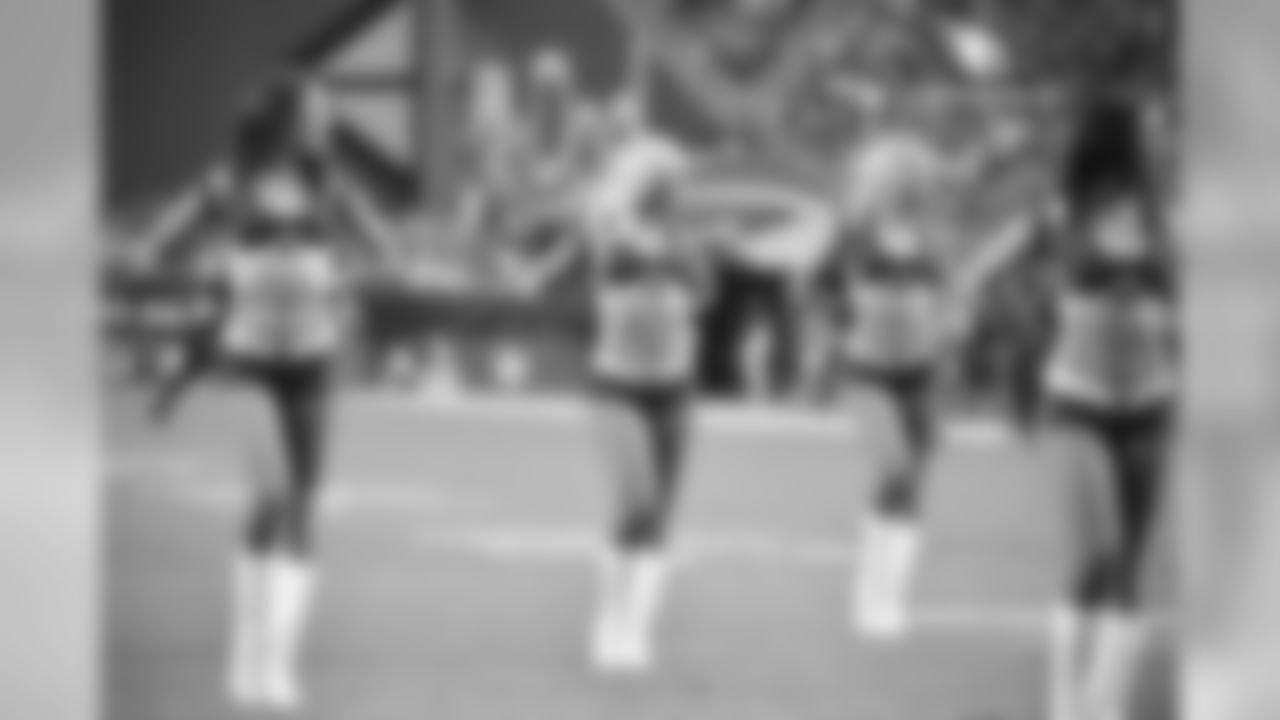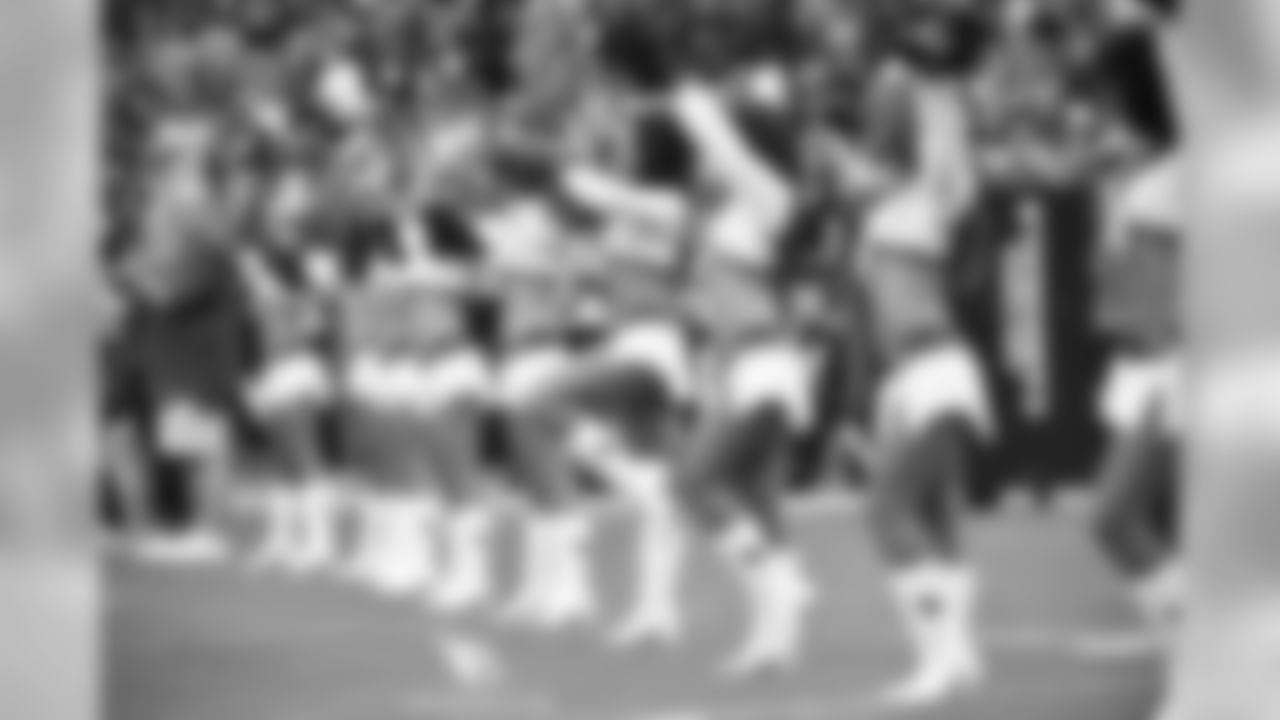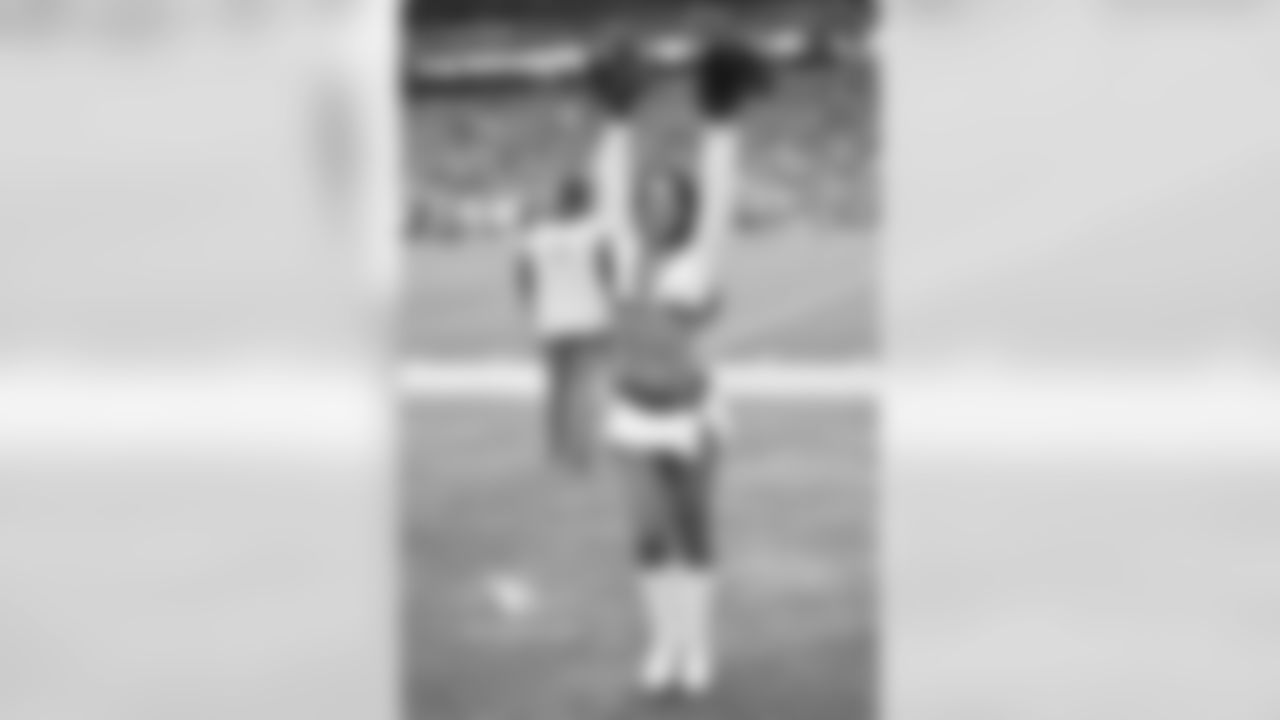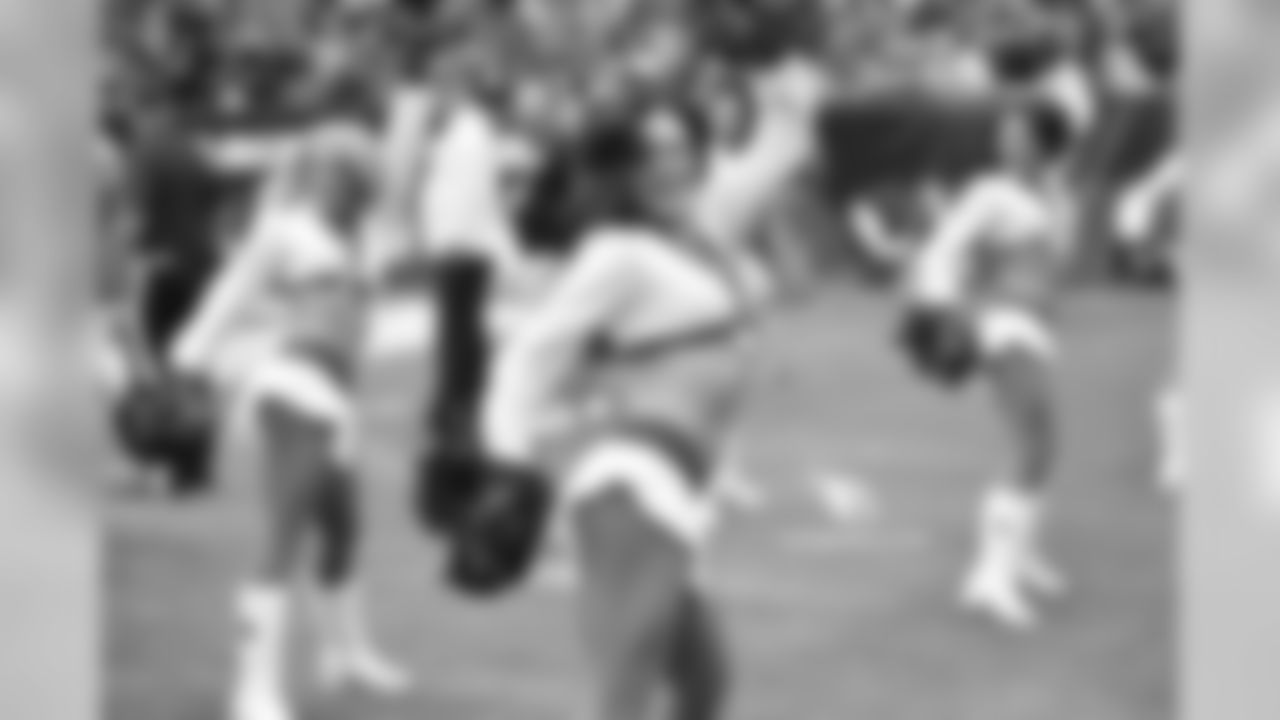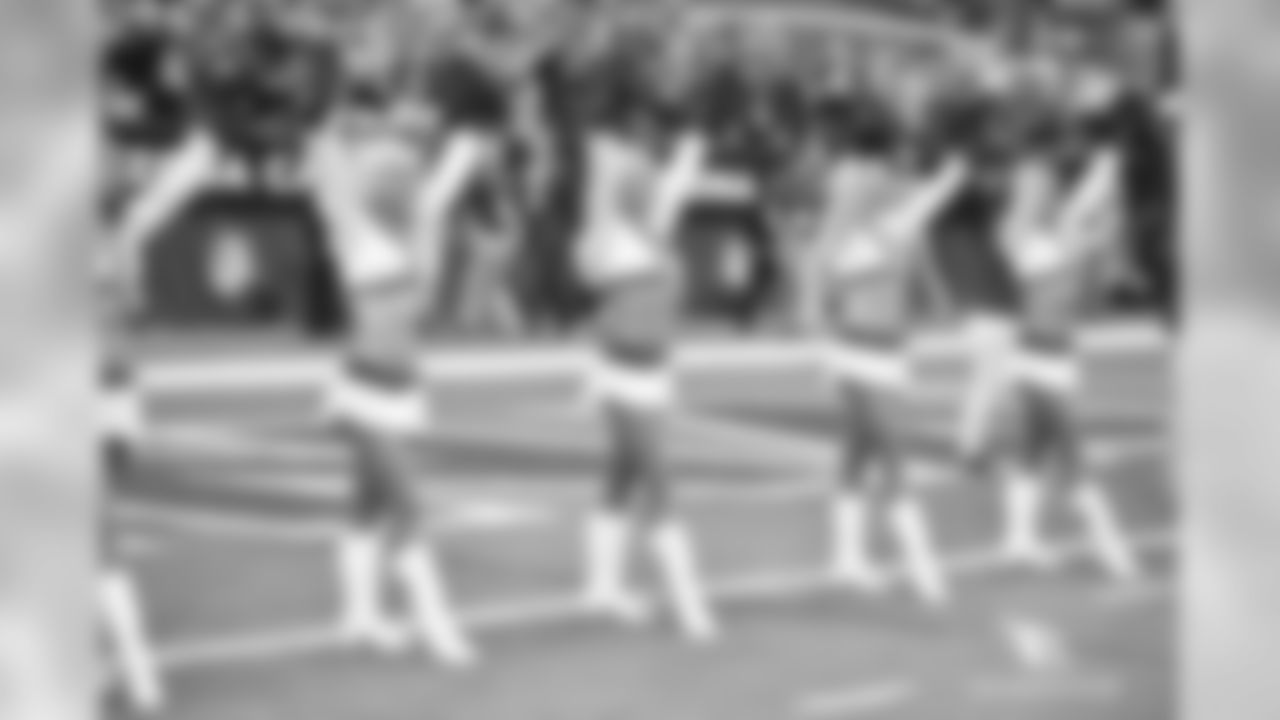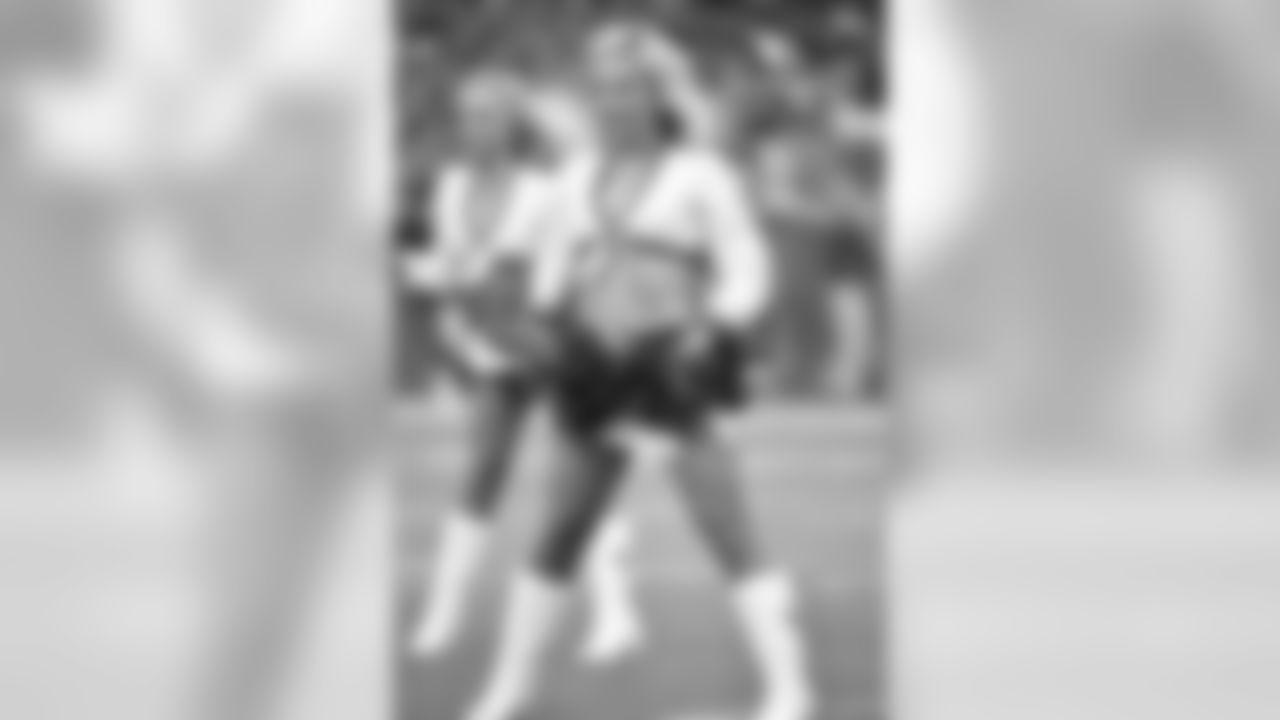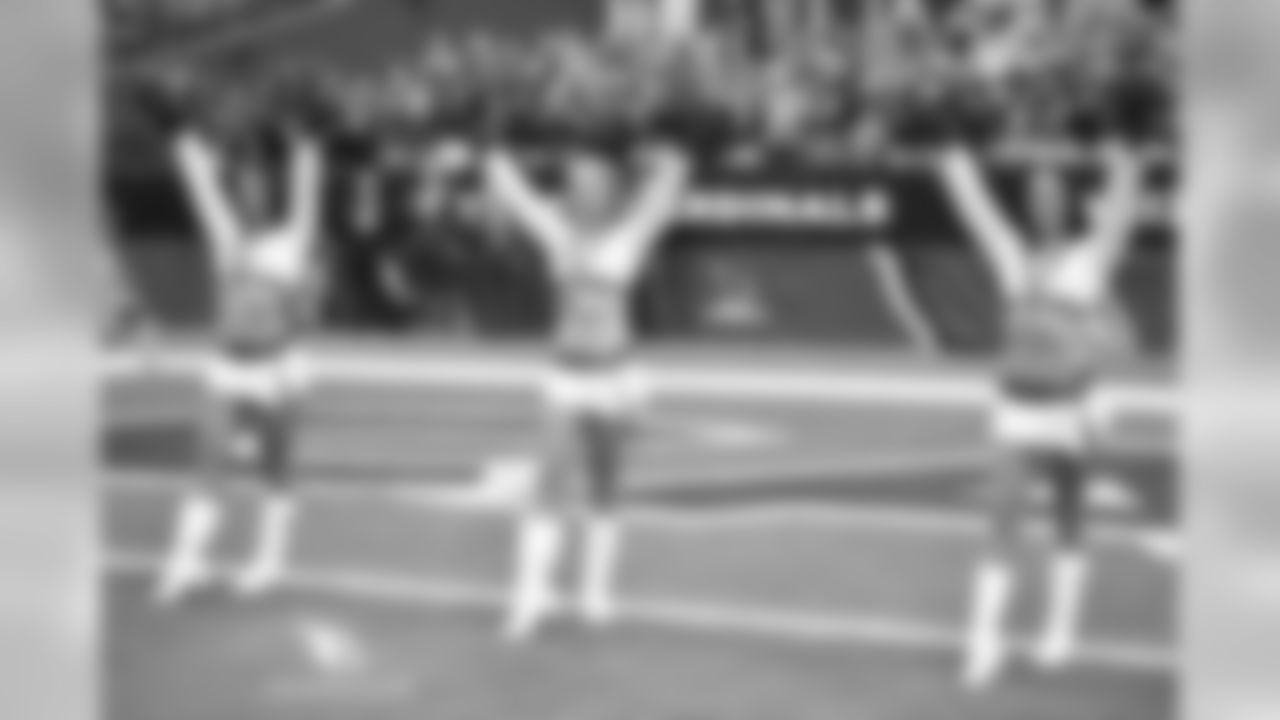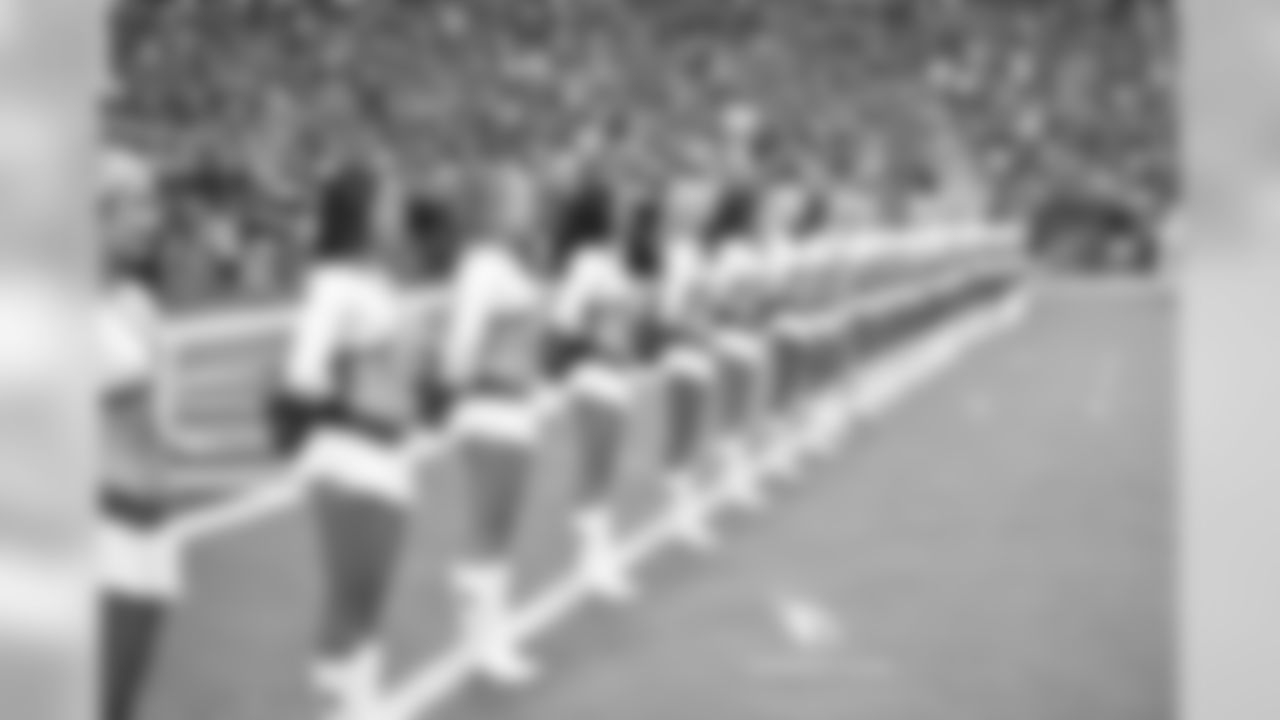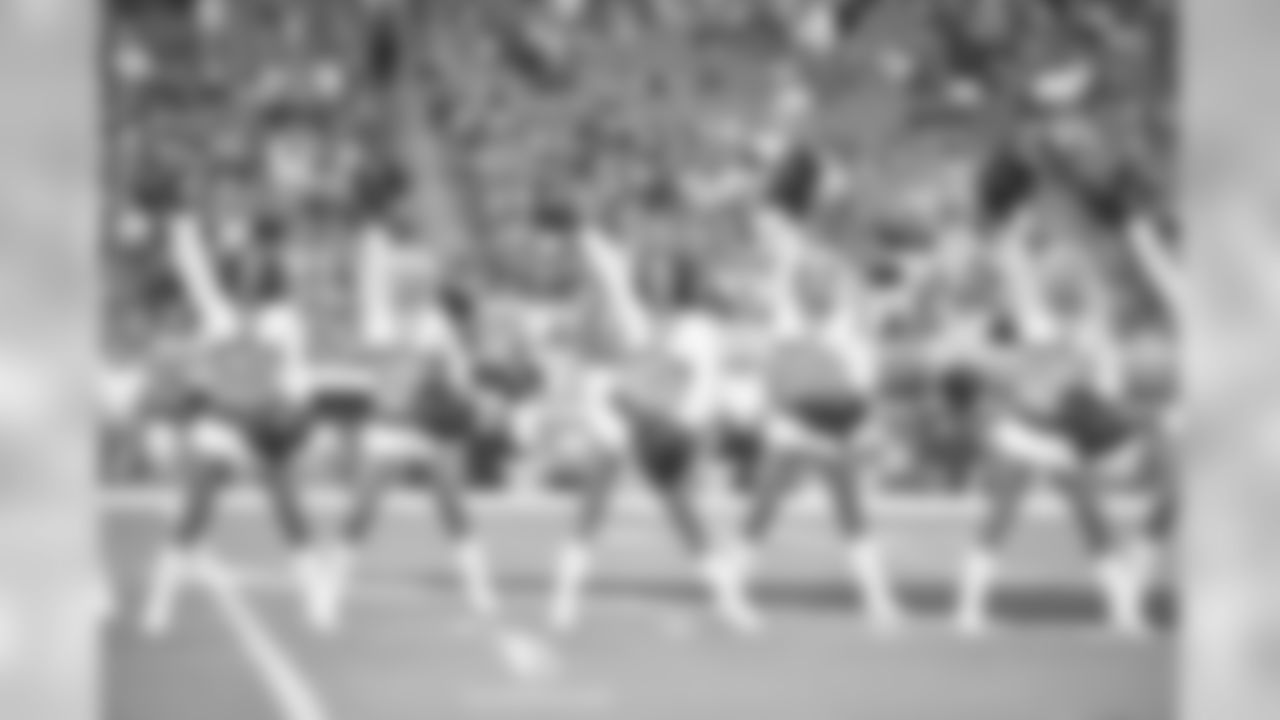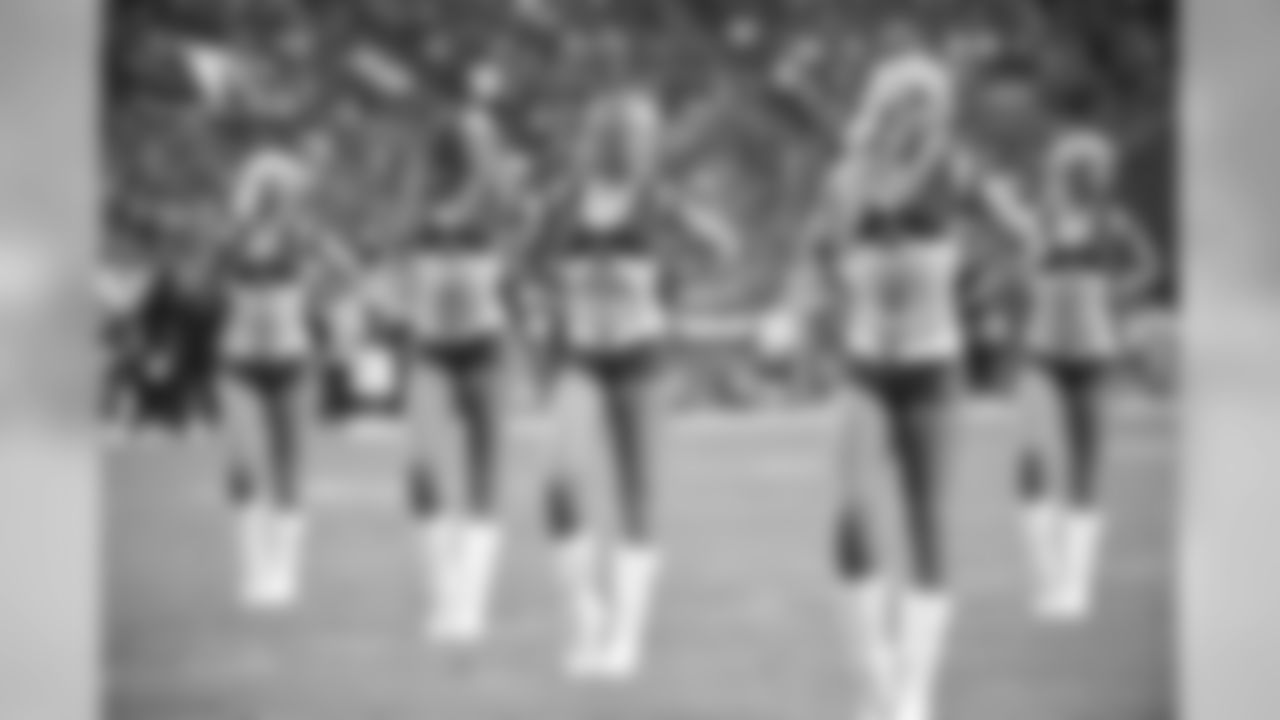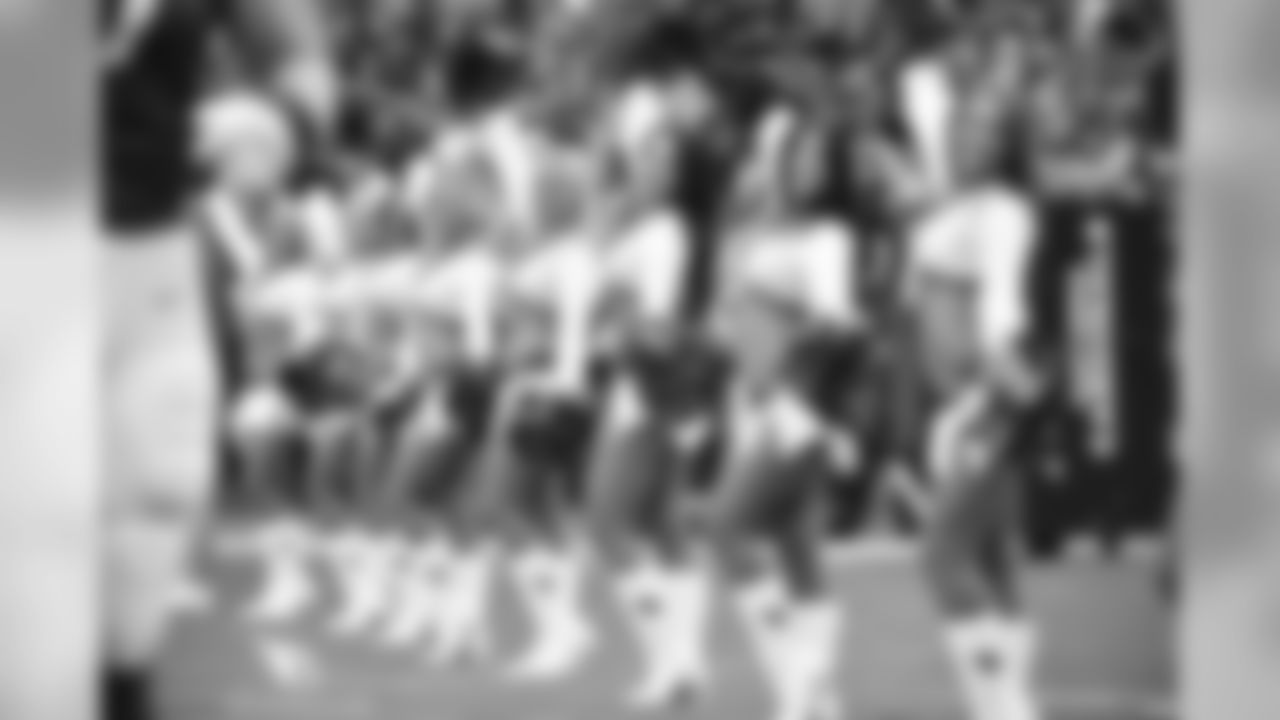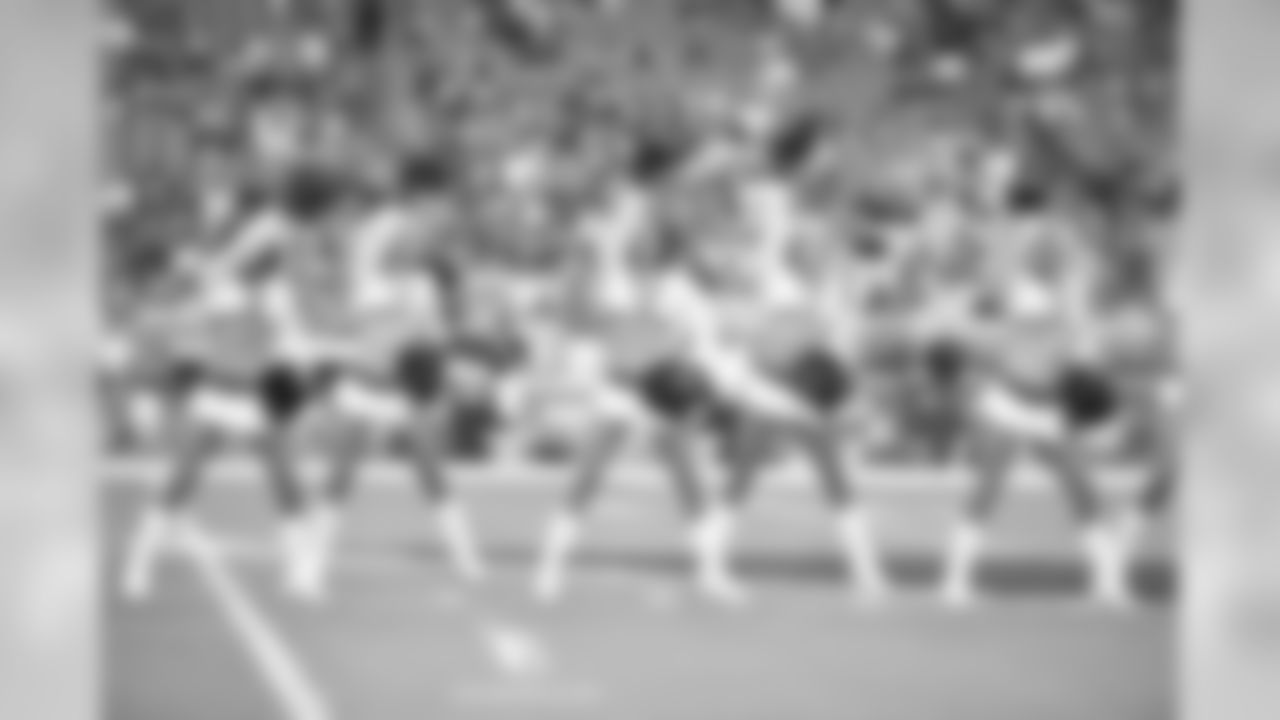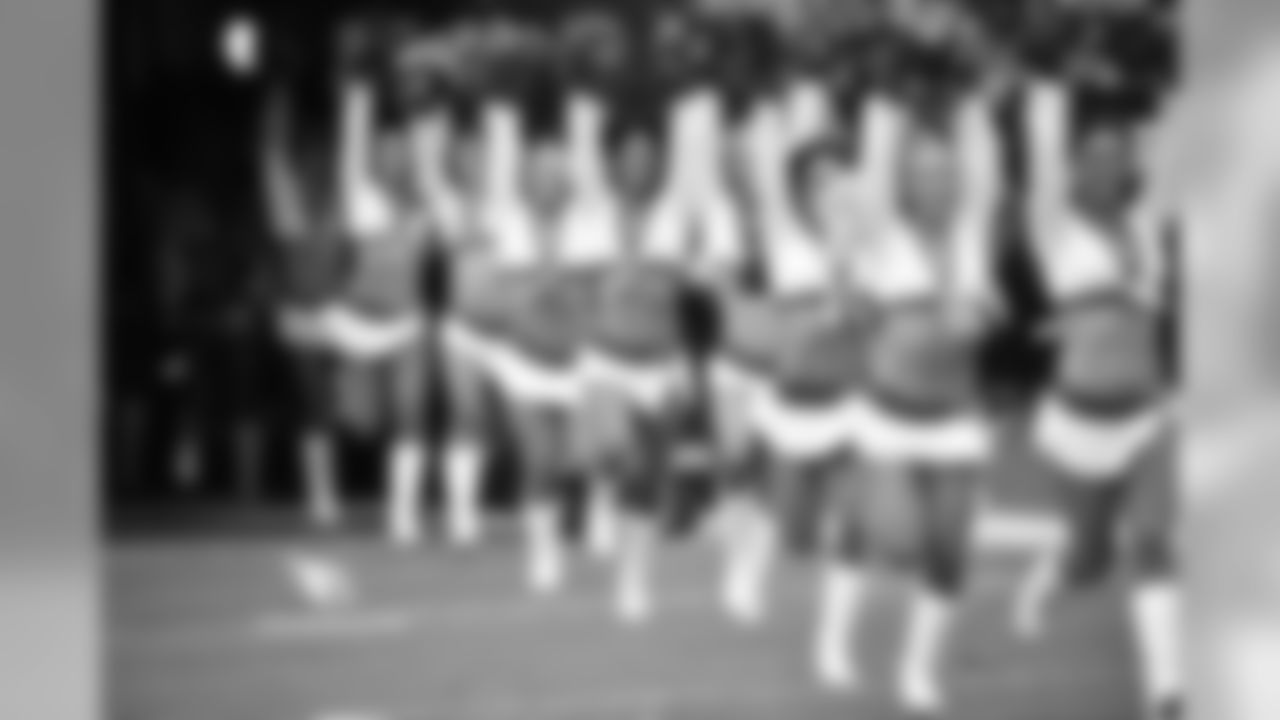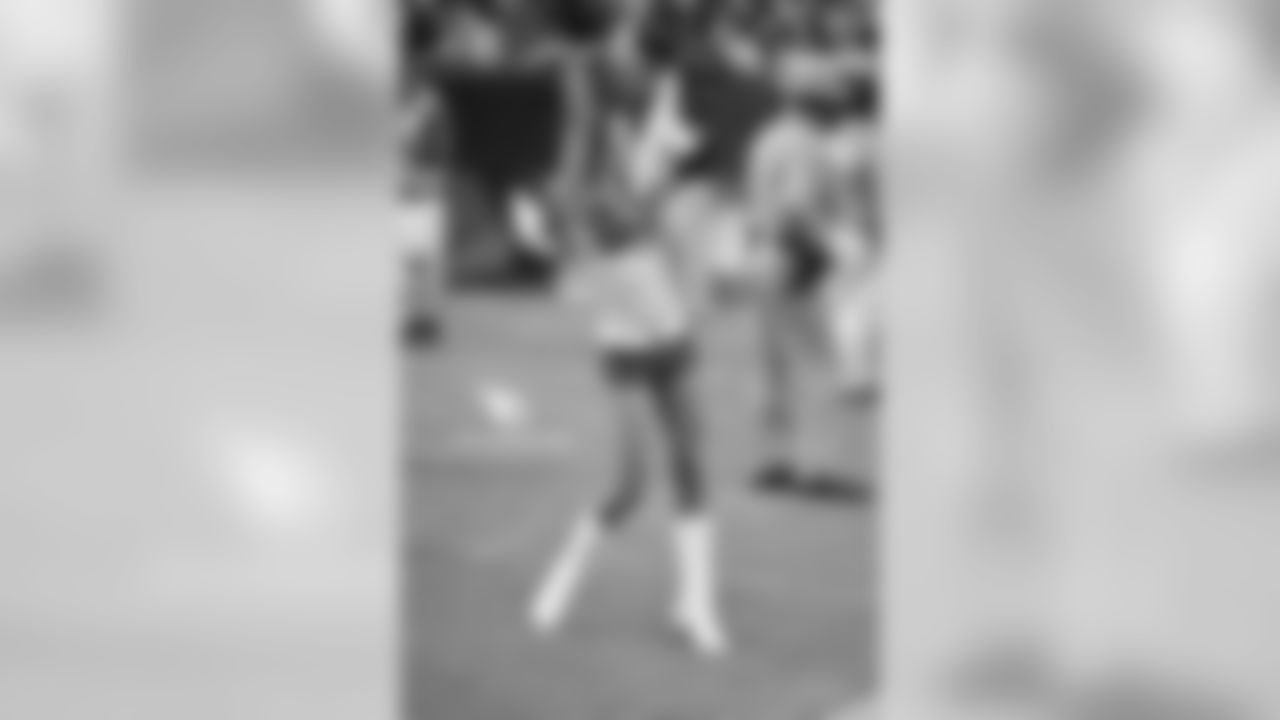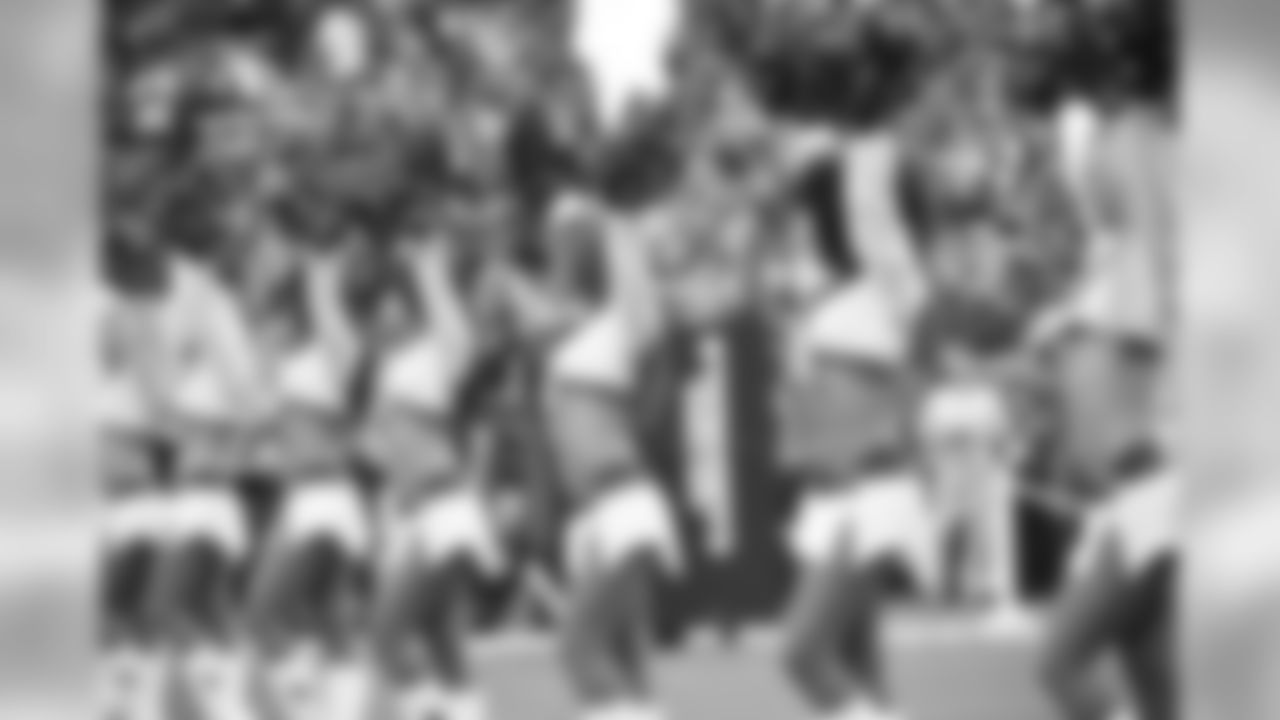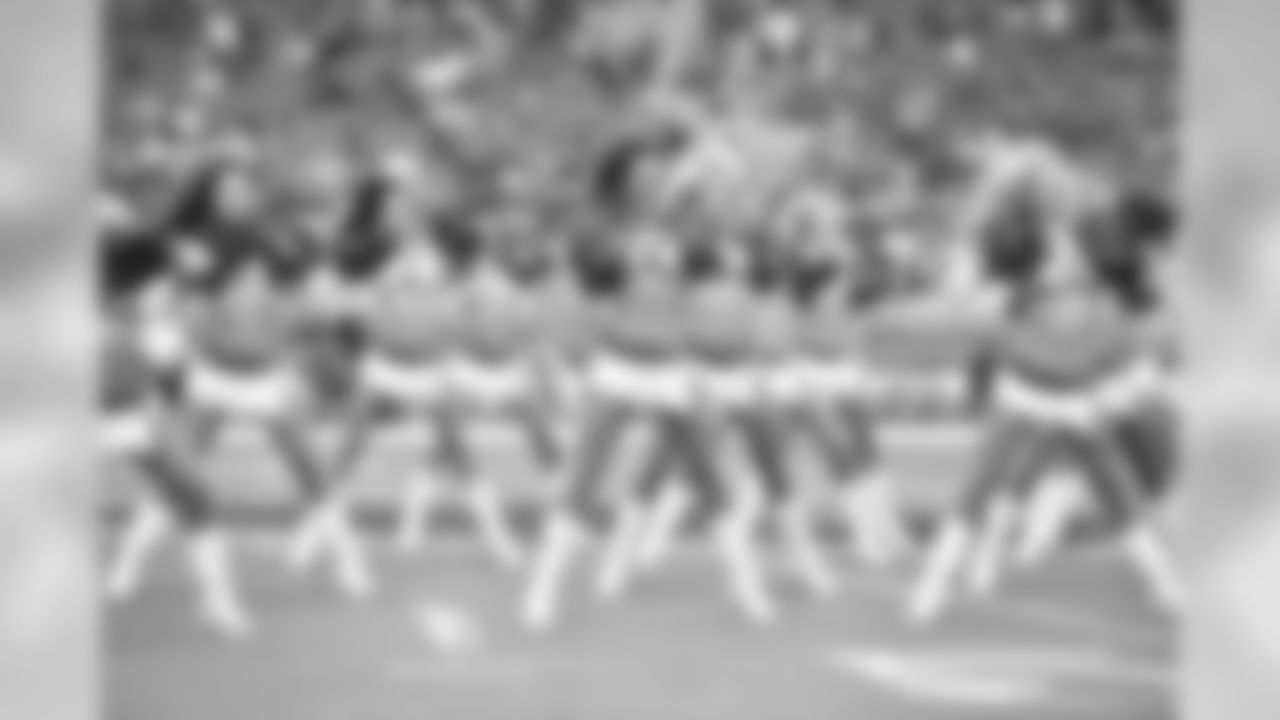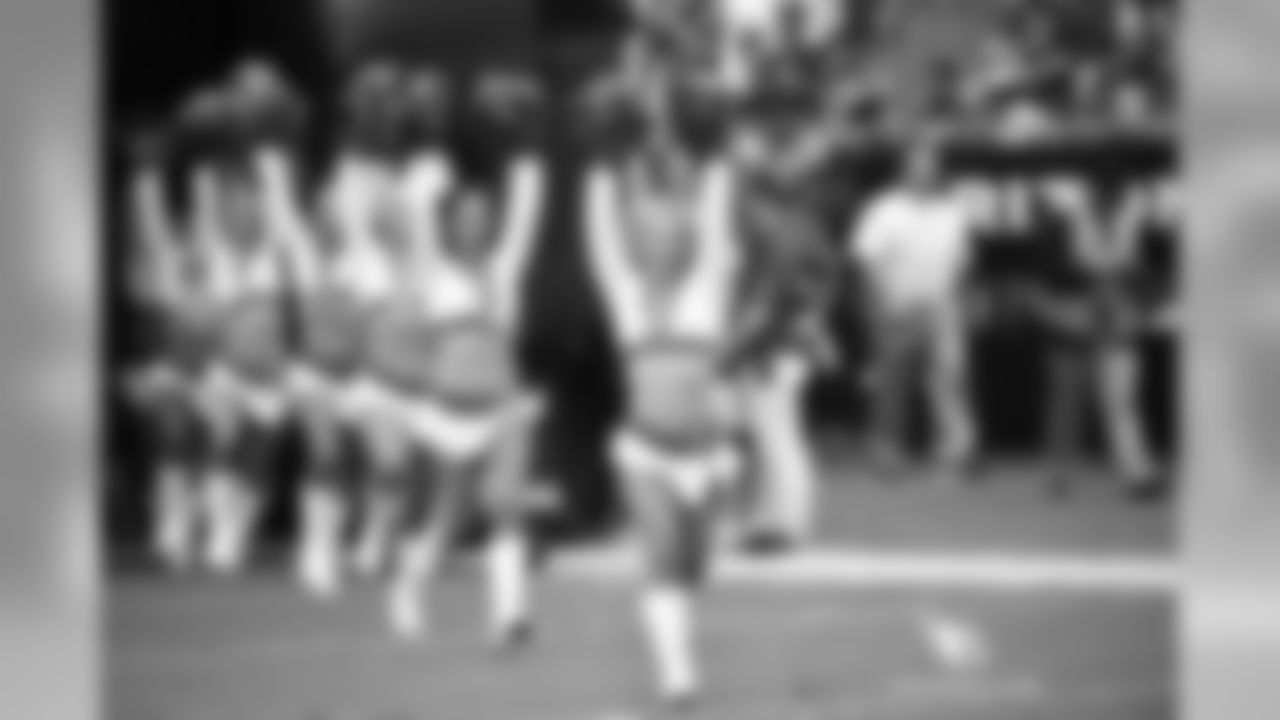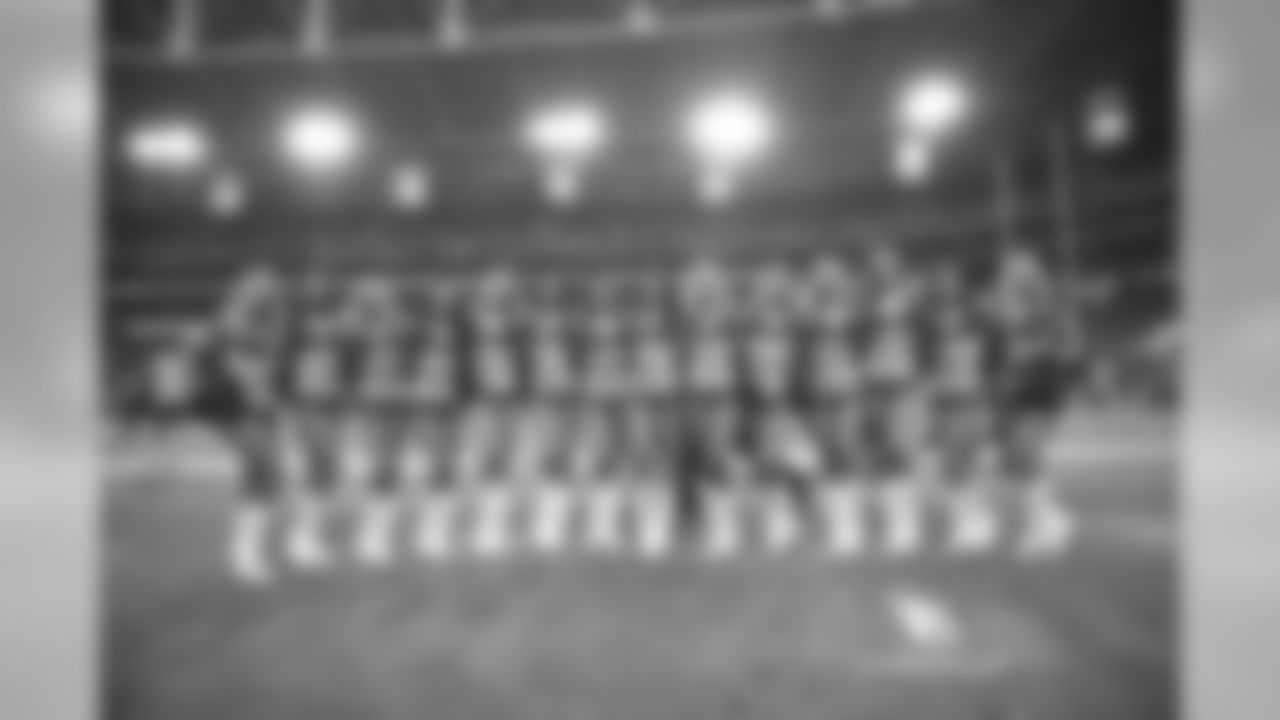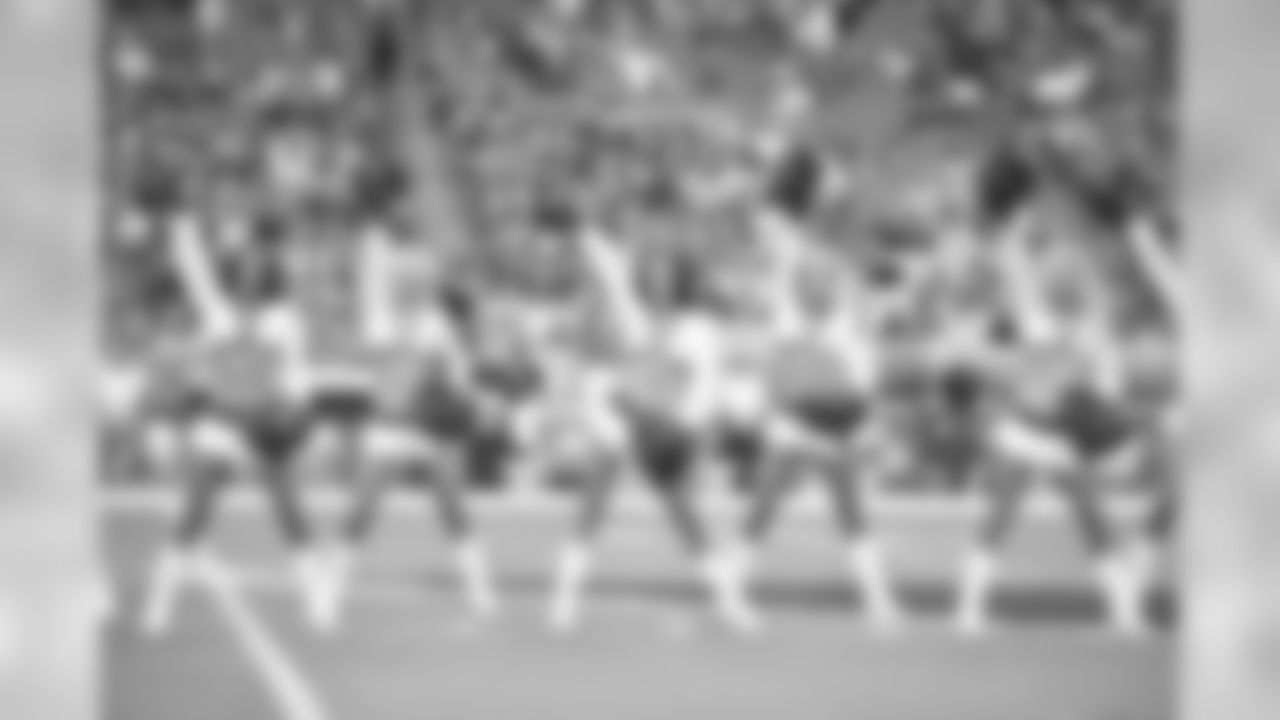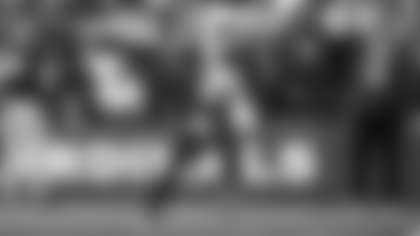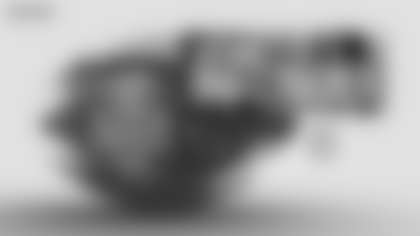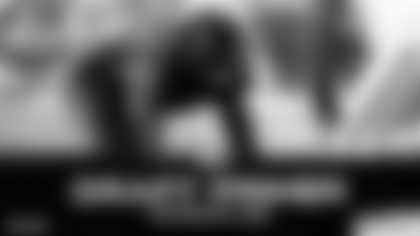Cardinals wide receiver Jaron Brown looked better than ever on Sunday, less than a year removed from tearing his ACL.
Markus Golden normally does everything full speed, from his ceaseless chasing of quarterbacks to the passionate way he speaks.
So it was jarring to see the Cardinals' outside linebacker on Wednesday morning, slowly making his way down a ramp at the team's practice facility with the aid of crutches. Golden was headed to the team's training room, which will be his second home over the next several months as he starts the path to recovery from a torn anterior cruciate ligament.
But while the first major injury of his life was undoubtedly a blow, Golden was already preaching a forward-facing message: Don't feel sorry for me, man. I'll be back.
A torn ACL is still one of the worst injuries elite athletes face, because it immediately ends their season and results in an arduous rehabilitation process. But nowadays, players know they will return the next year, often playing at the same level before the injury.
That's quite the departure from the 1970s, when Cardinals coach Bruce Arians was a quarterback at Virginia Tech.
"When I was playing?" Arians said. "You were done. They put a cast on you from your foot to your hip, and you were done."
Advancements in ACL recovery have been steady over the decades, but according to Dr. Lyle Cain, an orthopedic surgeon in Birmingham, Ala., there have been breakthroughs in the past few years. A major one came when doctors determined physical rehabilitation could begin the day after surgery. Previously, it was delayed over concerns movement would affect the graft.
"The standard used to be to wait and immobilize for several weeks before therapy," Cain said. "This changed the game."
Another development was a method called blood flow restriction therapy in which Cain said a tourniquet-like device is used to block an outflow of blood from the leg, but still allows inflow.
"The leg kind of gets engorged," Cain said. "It's like when you wrap your finger and it gets purple. Then you exercise. The leg fatigues and it hypertrophies at a much higher rate."
Cardinals wide receiver Jaron Brown is coming off a game Sunday against the 49ers in which he caught a career-high eight passes for 105 yards. He also played 99 snaps, third-most on the team.
It's an amazing development, because less than a year ago, Brown tore his ACL. At the time, it was devastating. He was in the last year of his rookie contract – set to hit free agency for the first time – and was in the midst of carving out a formative offensive role after years in the background.
But he didn't wallow in his misfortune, instead attacking the rehabilitation.
"I did a lot of research," Brown said. "I looked at what worked for certain guys, what didn't work for certain guys, and just kind of applied it to myself and used it in my own way."
At times, Brown wanted to push the limit. Several Cardinals have torn their ACLs – including quarterback Carson Palmer and safety Tyrann Mathieu – so Brown looked to them for advice.
"There would be nights when I would have a question, so I'd text Carson really quick and he'd respond to me," Brown said. "At one point I was like, 'Man, am I doing enough? Should I be doing something at home?' I asked those guys, like, 'Were you doing anything extra?' I'm glad I didn't do anything extra. Recovery is important. I had to learn that as it went. You don't want to push it too hard, and then the next day you have tendinitis. I usually got my rehab in here and I went hard. Then I was home."
Palmer has two torn ACLs in his career, the first in 2006 and the second in 2014. He returned to the field the next season in both instances, but Palmer said the path was completely different.
"From the way they do the surgery to the machines and the devices you can use in rehab to the actual rehab protocol, it changed drastically," he said.
Palmer seemed completely unaffected in the aftermath of his second torn ACL, finishing tied for second in the MVP voting in 2015.
The return wasn't as easy for Mathieu, who was not the same player in 2014 or 2016 after his ACL tears. The reason was two-fold: He is a quick-twitch player who puts regular stress on the knee with cuts and rotations, and he also had supplemental damage to other ligaments.
"There's no doubt that all ACL surgeries are not created equal," Cain said. "They are all different animals. When it's just the ACL, you pretty well know the outcome of that case. There is not a lot of worry about a patient getting back, and getting back to the high level."
When the other ligaments in the knee -- – the lateral collateral, the posterior cruciate and the medial collateral – are damaged, or if the articular cartilage and meniscus are affected, "it dramatically lengthens the course" of recovery, Cain said.
It's too early to know how quickly Golden will recover from his ACL tear, but Brown pledges to be his sounding box. The hope is that Golden can find a similar path to recovery, because Brown looks like he was never affected at all.
"Sometimes," Brown said, "I wake up and knock on wood. I'm blessed. I'm so happy to be playing football."
Images of the Cardinals cheerleaders at the Week 4 game against the 49ers

